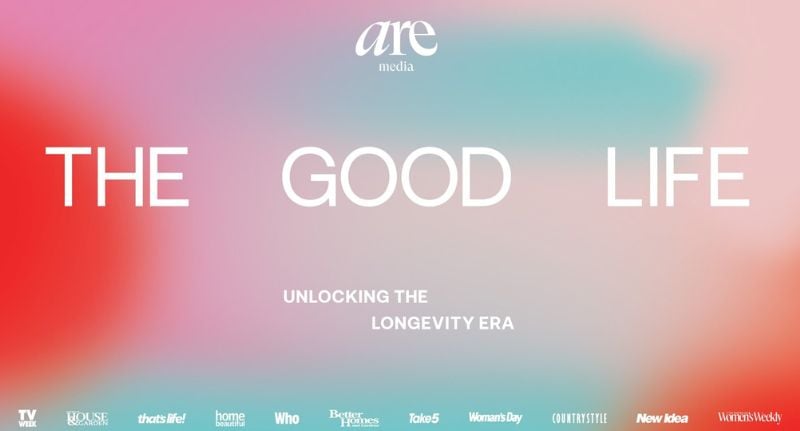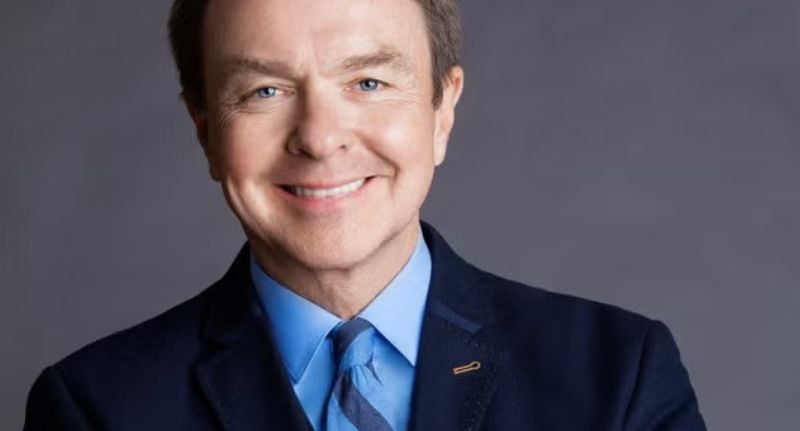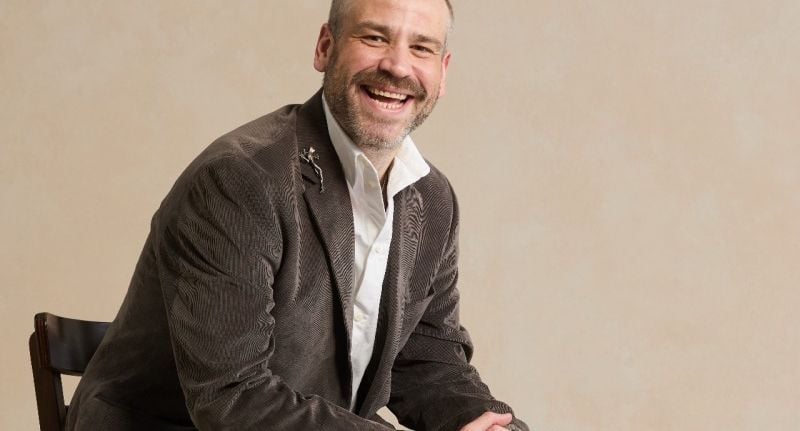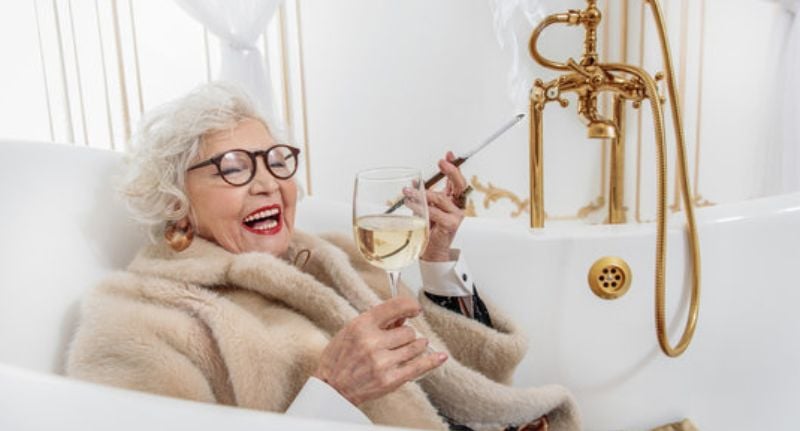Marketers have long been obsessed with youth, but in doing so, they’re missing out on the most affluent and influential demographic in Australia: women aged 45 and over.
Are Media is pushing back on that fixation.
Its latest longevity-focused initiatives highlight how women 45+ are driving Australia’s cultural and economic transformation, and why brands that keep ignoring them are walking away from billions in potential revenue.
With over 65% of Australia’s $5 trillion intergenerational wealth transfer expected to go to women, the company is urging advertisers to take the longevity economy seriously.
Are Media’s CEO Jane Huxley discussed the same issues while fronting a talk at SXSW Sydney asking: “If the role of marketing is to sell products and services, why is it that they are not selling to the people who are able to buy?”
She continued: “Not only are we controlling most of the discretionary spend, but again, in the area of women where we specialise at Are Media, we’re controlling 80 to 85 per cent, and we are influencing probably another 15 to 17 per cent of that spending through our kids, our families, people we know.”
Yet, as Huxley pointed out, only around 2 per cent of advertisements in Australia carry representation of women older than 45.
“I don’t understand where the missing link is between marketing and money,” she said.

A blind spot
Michael Clinton, global longevity expert and founder of ROAR Forward, says the industry’s youth obsession dates back decades.
“It began with the baby boomers,” he explained. “At the time, they were the largest generation, so marketers and advertisers focused heavily on them. But as that group aged, the industry didn’t evolve alongside them. Instead, marketing stayed fixated on whatever generation was currently young.”
He said the result has been a massive blind spot.
“Once consumers hit around 55, they effectively disappeared from most marketing strategies. Yet now, more than 30% of the population in both the US and Australia is over 50, and they’re wealthier, more active, and more influential than ever.”
According to Clinton, if the 50-plus market were its own country, it would be the third-largest economy in the world, worth an estimated $8.3 trillion in spending power.

Michael Clinton, global longevity expert and founder of ROAR Forward
Structural bias
Are Media’s Head of Client Strategy, Toby Boon said the industry’s inability to keep pace is partly structural.
“Many of the media planning tools used across the industry still treat audiences in rigid, outdated ways, as if a 55-year-old behaves the same as a 95-year-old, or that a 54-year-old consumes media the same way as a 25-year-old,” he said. “Those tools are a real hindrance.”
While agency partners are eager to address the issue, Boon said systemic barriers remain. “There’s a lot of enthusiasm, but the systems haven’t yet caught up with the reality of today’s audiences.”
He added that the industry’s youth-heavy workforce can make it harder to connect with older audiences.
“We’re often early adopters, chasing new technology, ahead of the curve, but in this area, we’re not leading. The wider population is catching up faster than we are, and in some cases, they’re already ahead.”
Breaking down stereotypes
Clinton agrees the problem is compounded by cultural bias. “Too often, people over 50 are portrayed as grandparents, slowing down, or tech-phobic. Those tropes are antiquated and outdated,” he said.
But the image is shifting. “We’re seeing authentic, aspirational portrayals of people in their 50s, 60s, 70s and beyond,” Clinton added. “Celebrity culture is helping, look at Oprah Winfrey at 71. She’s vibrant, active, and redefining what ageing looks like.”
Boon said the change is also visible in publishing.
“We’re starting to see more inclusive imagery across film, television, music, and fashion, and, of course, magazines, that celebrates people who are innovating in this space,” he said.
“Recent marie claire covers featuring Renée Zellweger, 56, and Jessica Chastain reflect that shift.”

Are Media’s Head of Client Strategy, Toby Boon
Authenticity matters
The over-45 audience isn’t shy about calling out brands that miss the mark.
“When we talk to our partners, authenticity is one of the biggest issues that comes up,” Boon said. “This audience is extremely vocal and discerning. If something doesn’t feel authentic, they notice immediately and respond quickly.”
He said Are Media’s research shows this group “votes with their wallets,” supporting brands that reflect them accurately and walking away from those that don’t. “They’re not just looking for token representation; they’re looking for authenticity in a meaningful way.”
The creative gap
Clinton says one of the biggest problems is who’s missing from creative decision-making.
“In the Mad Men era, men decided what women wanted, without women in the room to correct them,” he said.
“Today, the same dynamic plays out with age. Around creative tables, there’s often no one over 50 to challenge outdated or inauthentic ideas about this audience.”
His advice: hire older creatives, or at least make sure their voices are represented.
“Representation must extend beyond gender and race to include generational perspectives. When people over 50 help shape campaigns, the results are more authentic and effective.”

